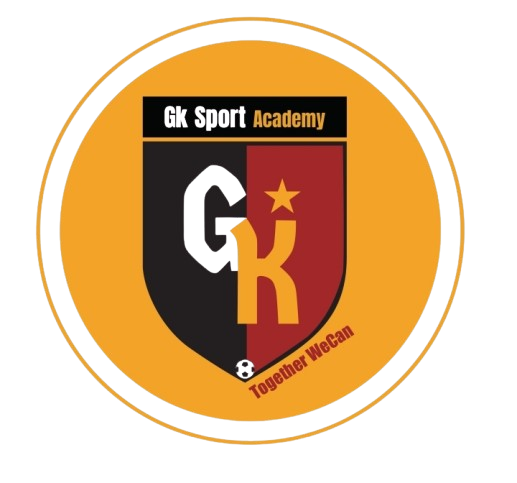In today’s interconnected world, trainee areas play a critical duty fit academic and individual experiences.

These neighborhoods are not simply collections of individuals yet are vibrant ecological communities that promote growth, discovering, and cooperation among students. They differ commonly in form and function, from campus-based groups to worldwide on the internet discussion forums, each offering distinct opportunities for engagement and growth.
Whether you are tipping onto a college campus for the first time or participating in online discovering settings, recognizing the framework and benefits of student neighborhoods can greatly improve your instructional trip. This write-up looks into the significance of pupil neighborhoods, checking out just how they operate, the benefits they supply, and the ways in which they can be leveraged for individual and scholastic success.
Understanding Student Areas
Trainee areas are foundational to the scholastic experience, functioning as both social and instructional support group. At their core, these communities are groups formed normally by pupils that share usual interests, objectives, or fields. They can be informal, such as study groups, or formal, like student unions and clubs.
These areas are defined by a common identity and the collective pursuit of expertise, skills, and experiences. They serve as systems for trainees to connect, collaborate, and contribute to each other’s growth, expanding beyond scholastic boundaries to affect individual development and neighborhood engagement.

Essentially, trainee neighborhoods are microcosms of bigger social frameworks, where leadership abilities are developed, ideas are traded, and long-lasting relationships are developed. The communications within these areas reflect a diverse blend of social, intellectual, and social characteristics.
- Networking Opportunities: Pupil areas give a network of peers and mentors that can provide support and advice.
- Skill Development: Engaging in community tasks helps trainees create essential skills such as interaction, leadership, and team effort.
- Source Accessibility: These communities often offer access to academic sources, consisting of study materials and expert advice.
- Social Interaction: They use a system for social communication, easing the transition right into brand-new academic environments and aiding student learning support to deal with isolation.
With these different functions, pupil communities become important to the holistic development of students, laying a foundation for future specialist and personal success.
The Benefits of Engaging in Student Neighborhoods
The advantages of taking part in pupil neighborhoods are diverse, influencing both academic and personal rounds.

On an academic degree, these neighborhoods motivate collective knowing, permitting pupils to take advantage of diverse viewpoints and experience. Sharing knowledge and sources within a community can result in a lot more effective learning end results and improved scholastic efficiency.
In addition, student communities supply a system for personal development and self-discovery. By engaging with peers from various backgrounds and self-controls, trainees acquire a more comprehensive worldview, improving their social proficiency and empathy. This exposure to varied point of views is vital in developing vital thinking and problem-solving skills.
Additionally, energetic participation in area tasks can improve pupils’ self-confidence and self-confidence. Handling management roles or joining conversations and events cultivates a sense of achievement and belonging, which is essential for total health and motivation.
Types of Trainee Neighborhoods
Pupil communities can be found in various kinds, each dealing with various passions and goals. These can be generally categorized right into scholastic, cultural, entertainment, and professional communities, to name a few. Each type supplies distinct platforms and opportunities for trainee involvement.
- Academic Communities: These are commonly focused around details disciplines or academic interests. Instances include study groups, honors cultures, and departmental clubs.
- Cultural Neighborhoods: These teams concentrate on promoting cultural recognition and variety, often organizing occasions and activities to celebrate different customs.
- Recreational Areas: These consist of sports teams, entertainment clubs, and hobby-based groups that offer a break from scholastic roughness and advertise physical and mental wellness.
- Expert Neighborhoods: These are targeted at profession advancement, providing networking opportunities, workshops, and mentorship programs to prepare pupils for the professional globe.
By determining and involving with the appropriate neighborhoods, trainees can customize their university experiences to line up with their rate of interests and job ambitions, paving the way for a meeting academic trip.
Building a Prospering Pupil Area
Creating and maintaining a prospering student area requires initiative and partnership from both pupils and schools. It starts with promoting a comprehensive setting where all students feel welcomed and valued no matter their backgrounds.
Establishments can sustain this by providing resources and centers that motivate interaction and involvement. This consists of creating physical areas like trainee unions and on-line systems that promote communication and partnership. In addition, arranging occasions, workshops, and seminars can better enhance engagement, supplying trainees with chances to attach and learn from each various other.
Leadership and Trainee Involvement
Effective management is crucial in supporting an effective pupil neighborhood. Management duties within these areas use trainees a chance to develop and show their business and social abilities. Trainees who think these roles contribute dramatically to establishing the tone and direction of their communities, affecting their peers positively.
Motivating management and active engagement among trainees not just reinforces the community however also empowers individuals, preparing them for future difficulties. By cultivating a culture of cooperation and support, trainee neighborhoods can grow, leaving a lasting impact on their members and the academic atmosphere in its entirety.
